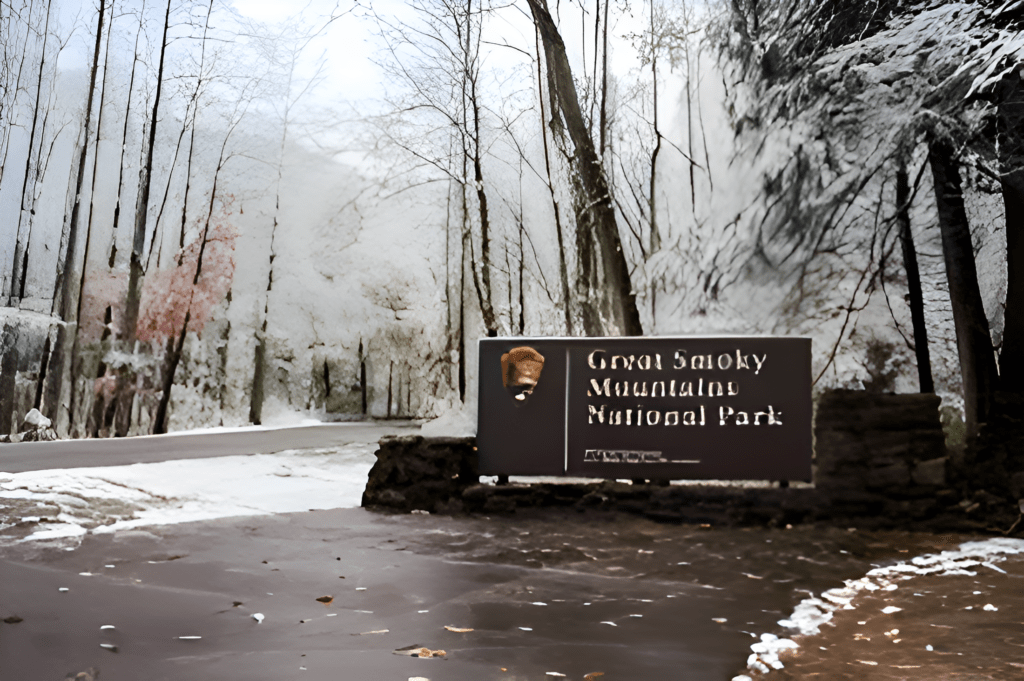Introduction
Located at the border of North Carolina and Tennessee, Great Smoky Mountains National Park is a national treasure. With more than 800 square miles to experience, it’s the number one national park in terms of recreational visits. The park has award-winning vistas, incredible biodiversity, and cultural history.
Natural Beauty
The park boasts a breathtaking landscape. The place has high mountains, long forests, and bending streams. The Smoky Mountains are named for their often foggy high points and lush green valleys. This phenomenon happens because of the moisture coming out from surrounding plants.
Biodiversity
Great Smoky Mountains National Park – a hotspot of biodiversity. It is home to more than 19,000 documented species, and who knows how many are still undiscovered. There was a wide variety of plants, animals, and fungi visitors could see. One of the park’s primary draws is its many species of salamanders that love this relaxed, moisture-laden atmosphere.
Flora
The plant life is very diverse, which significantly contributes to the ecological richness of this park. Year-round bloom of more than 1,500 species of flowering plants. In the spring, look for stands of colorful wildflowers like trillium and rhododendron. Autumn brings some fantastic colors of fall foliage and turns the landscape into a paintbox.
Fauna
Great Smoky Mountains National Park gives shelter to many wildlife species. There is a large population of black bears that can be found throughout the park, which draws in many visitors. These poorly understood animals are critical to the ecosystem. Deer, elk, and many species of birds also live in the park. Fans of birds will find a wide range of different species of songbirds, from those that are only in the winter.
Outdoor Activities
A variety of outdoor activities that people of all age groups can enjoy are provided at this park. Its picturesque terrain features many hiking trails for various levels and hikers’ expertise. There is a section of the renowned Appalachian Trail traversing the park for hikers who beat themselves into horribly good shape. Throughout the Creek, visitors can also enjoy camping, fishing, and wildlife views.
Hiking Trails
The park is a hiker’s dream, with more than 800 miles of hiking trails. The trails cover all kinds of terrain, from gentle walks to strenuous hikes. Many prominent trails include the Alum Cave Trail and Chimney Tops Trail. All the trails offer different views and adventures. Visitors should be prepared with proper gear and adequate water.
Scenic Drives
The park also offers numerous scenic drives for those who prefer a more relaxing type of exploration. The road within the cove provides excellent views of mountains, and there is always a chance to see wildlife. The 11-mile loop offers a peek into the past with historic homesteads and churches. The Roaring Fork Motor Nature Trail is lined with mature trees and lots of pull-offs, as well as cool historic buildings that sparked my nostalgia.
Cultural History
The park hosts a rich history of cultural and early pioneer life. The area has old homesteads and farms that visitors can explore. The park protects the natural and cultural heritage of the Southern Appalachian region. Human-designed ecosystems provide a perfect setting for people and wildlife alike, while historic structures like the Noah Ogle Place share tales of resilience and perseverance.
Visitor Centers
The park has several visitor centers which aim to improve the experience for those visiting. Sugarlands Visitor Center — Information presentations and stories to exhibits in the visitor center, which also offers educational programs. One way to learn about the natural features and history of Guadalupe Mountain is by visiting this park. You can also learn about Native American history in the area at the Oconaluftee Visitor Center.
Conservation Efforts
The Great Smoky Mountains National Park is dedicated to preservation. This includes the conservation of replica handbags online, as well as their vast ecosystems and wildlife. Research and education are active parts of the function of this park. These are the projects that aim to sensitize the public about environmental issues. They encourage visitors to practice Leave No Trace principles, ensuring the park remains as beautiful in years to come.
Climate and Weather
Its high elevation provides it with an assortment of climates. The weather can turn quickly, so visitors need to dress accordingly. Hot and humid summers with chilly to snowy winters. The autumn and spring months provide excellent temperatures outdoors.
Accessibility
Great Smoky Mountains is open year-round. Visitors get something different out of each season. The park has facilities and trails suitable for all levels of mobility. While some trails are pretty straightforward, others can be a tough nut to crack.

